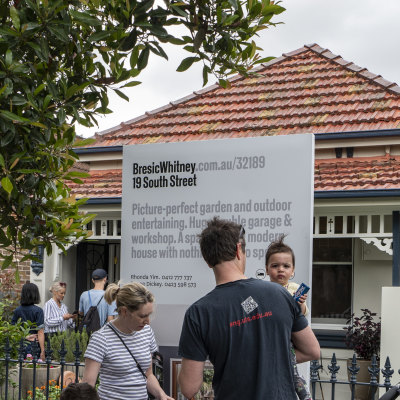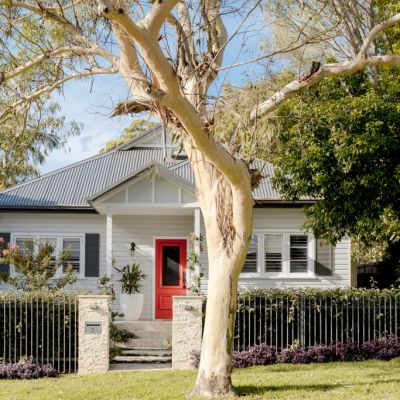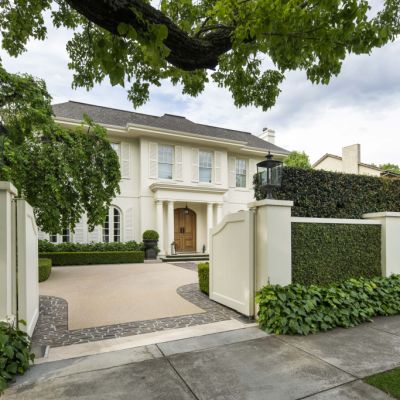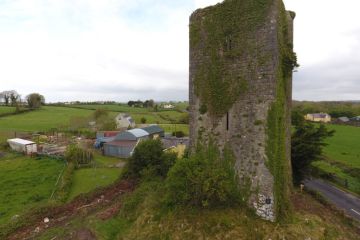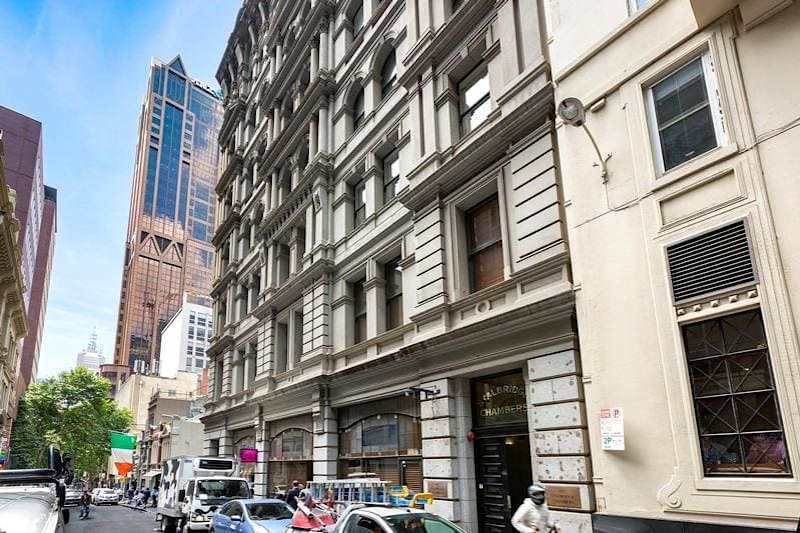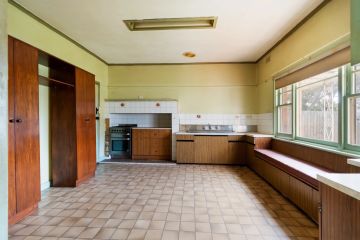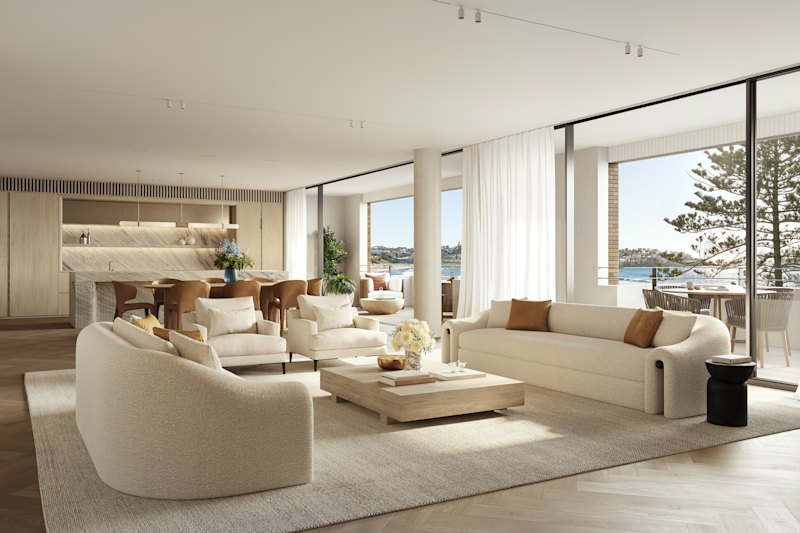House deposit costs have increased by 100 per cent in the last decade
The amount of money buyers need to save for a house deposit in several capital cities has doubled in the past 10 years, making it more challenging for first-time buyers to enter the market without the help of the bank of mum and dad.
According to the latest Domain House Price Report, the median house price has nearly doubled in the last 10 years in cities like Sydney, Melbourne and Brisbane.
Sydney’s median house price is now $1,595,310, which means a 20 per cent deposit of $319,062 is required to buy a property without paying lender’s mortgage insurance. In 2013, the deposit needed was $153,361 – or $188,626 when adjusted for inflation.
Melbourne’s median 20 per cent deposit has grown from $117,574 to $209,455 in the last decade. In Brisbane, it grew from $92,153 to $117,657.
| Quarter | Sydney median house price | 20% deposit | Melbourne | 20% deposit | Brisbane | 20% deposit |
| Dec-13 | $766,806 | $153,361 | $587,872 | $117,574 | $460,767 | $92,153 |
| Dec-14 | $884,203 | $176,841 | $627,349 | $125,470 | $489,085 | $97,817 |
| Dec-15 | $1,016,381 | $203,276 | $719,366 | $143,873 | $515,484 | $103,097 |
| Dec-16 | $1,129,957 | $225,991 | $810,643 | $162,129 | $547,123 | $109,425 |
| Dec-17 | $1,176,120 | $235,224 | $906,528 | $181,306 | $566,756 | $113,351 |
| Dec-18 | $1,066,986 | $213,397 | $857,710 | $171,542 | $570,053 | $114,011 |
| Dec-19 | $1,135,682 | $227,136 | $903,237 | $180,647 | $583,724 | $116,745 |
| Dec-20 | $1,203,526 | $240,705 | $929,882 | $185,976 | $630,097 | $126,019 |
| Dec-21 | $1,578,917 | $315,783 | $1,094,376 | $218,875 | $810,275 | $162,055 |
| Dec-22 | $1,442,519 | $288,504 | $1,026,478 | $205,296 | $809,849 | $161,970 |
| Dec-23 | $1,595,310 | $319,062 | $1,047,273 | $209,455 | $888,285 | $177,657 |
AMP Capital chief economist Shane Oliver says this type of growth is not standard.
“A decade is a relatively short time to see a doubling in growth,” he says. “Depending on how you do the numbers, in Australia, I think it now takes almost 11 years to save for a deposit, whereas if you go back about 30 years, that was about five or six years, so it’s been roughly doubling the time to save for a deposit.”
Domain chief of research and economics Dr Nicola Powell says it’s normal for deposits to grow over time, but recently wage growth has not been able to keep up.
“What we saw during the pandemic was a phenomenal rate of price growth,” she says. “For a number of our cities, it was the steepest upswing they’d ever seen. We saw a lift in price across all our capitals.
“And what that means is the ability to save for a deposit has become harder over time.”
As it becomes more challenging to save for a deposit, many buyers are turning to their parents or grandparents for financial assistance. This entrenches wealth inequality, says Curtin University research fellow Dr Christopher Phelps.
“In my recent research, I found that in 1998, older Australians had 2.6 times the home equity of younger Australians, and by 2018, this ratio had increased to 3.3 times.
“Older generations, who entered the property market in their 20s and benefited from the real estate boom of the 2000s, can use their existing property wealth to accumulate more housing wealth for themselves or their own children, creating a divide between and within generations.
“Young persons from well-off families are more likely to overcome deposit requirements and become home owners, while those from less privileged backgrounds may not receive parental support, making it harder for them to own a home and access desirable areas with good job opportunities in our cities.”
This growth in inequality has economists like Powell and Oliver worried about the future.
“We continue to see wealth growth for those in the housing market, and it becomes more challenging for people who aren’t,” Powell says. “What it puts in the forefront is the fact we need to ensure we have a diverse array of affordable housing.”
Some economists think the government needs to create a solution to prevent people from being priced out of the housing market, This could be through the use of new policies and schemes, or investing in building more properties.
Australia is currently suffering supply constraints due to less housing stock and fewer buildings being built, elevating prices in the market.
According to seasonally adjusted data from the Australian Bureau of Statistics, there has been a steady decline in the number of completed dwellings in the past few years.
In September 2023, there were only 44,093 completed dwellings nationwide, while in 2015-2018 there were more than 45,000 dwellings completed each quarter.
With less choice, competition for new dwellings is strong, which may affect first-home buyers.
However, while the property market may appear grim to many hopeful buyers, Powell says the first step to improving the outlook is by talking about first homes in a different light.
“We are obsessed with housing, and we have a dream of a detached house on a block of land,” she says. “But actually, that dream picture has changed over time, and our population has swollen and our cities have grown.
“Our first home now is a unit in a big capital city, and that’s just the realisation of living in a bigger capital city in a country that has seen great rates of population growth.
“Our first home isn’t our forever home, and we need to ensure a diverse range of housing. Owning a home is a journey, and it’s a journey we should move along as we move through the different stages of life.”
We recommend
States
Capital Cities
Capital Cities - Rentals
Popular Areas
Allhomes
More
